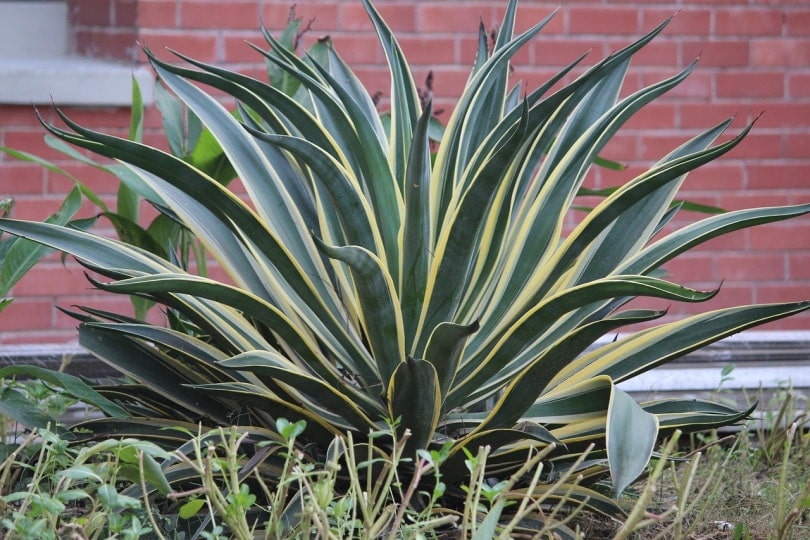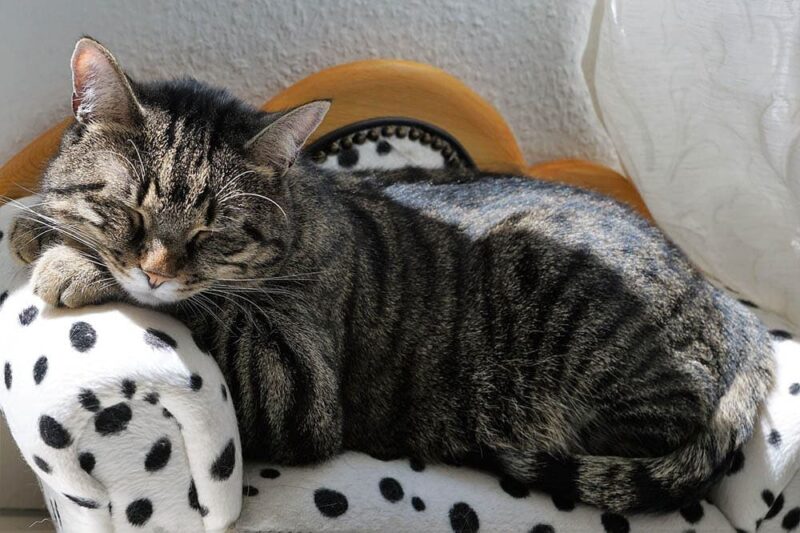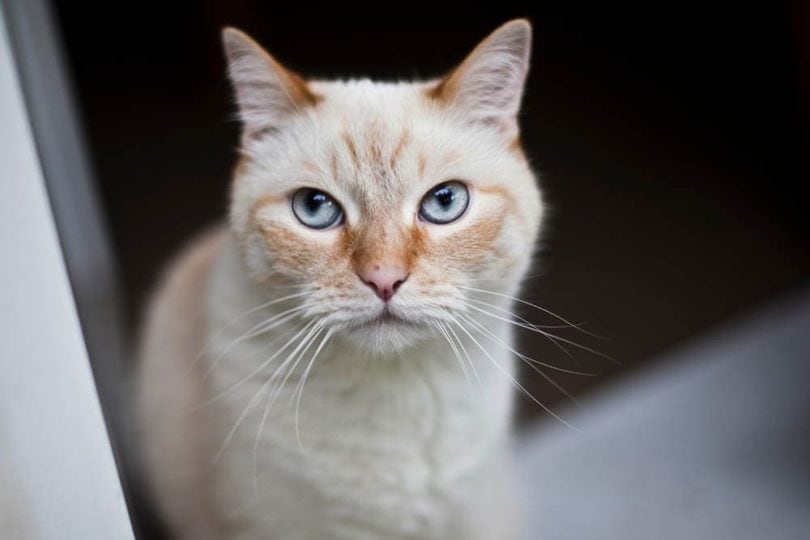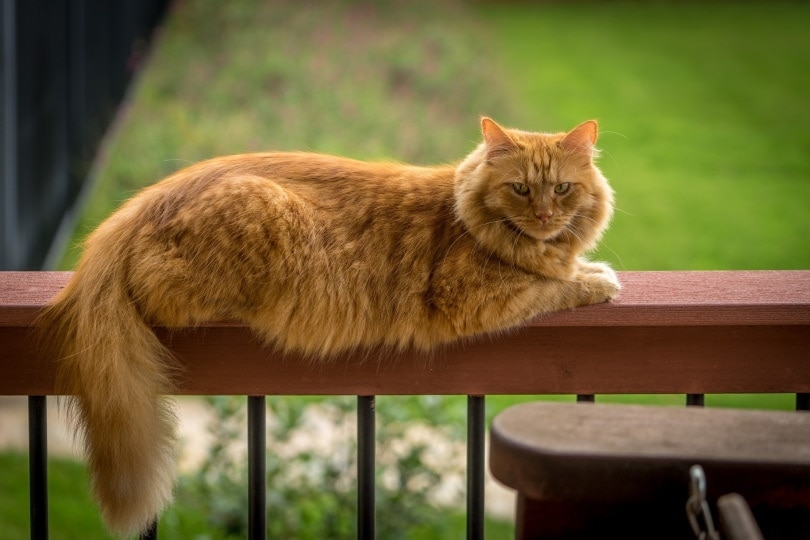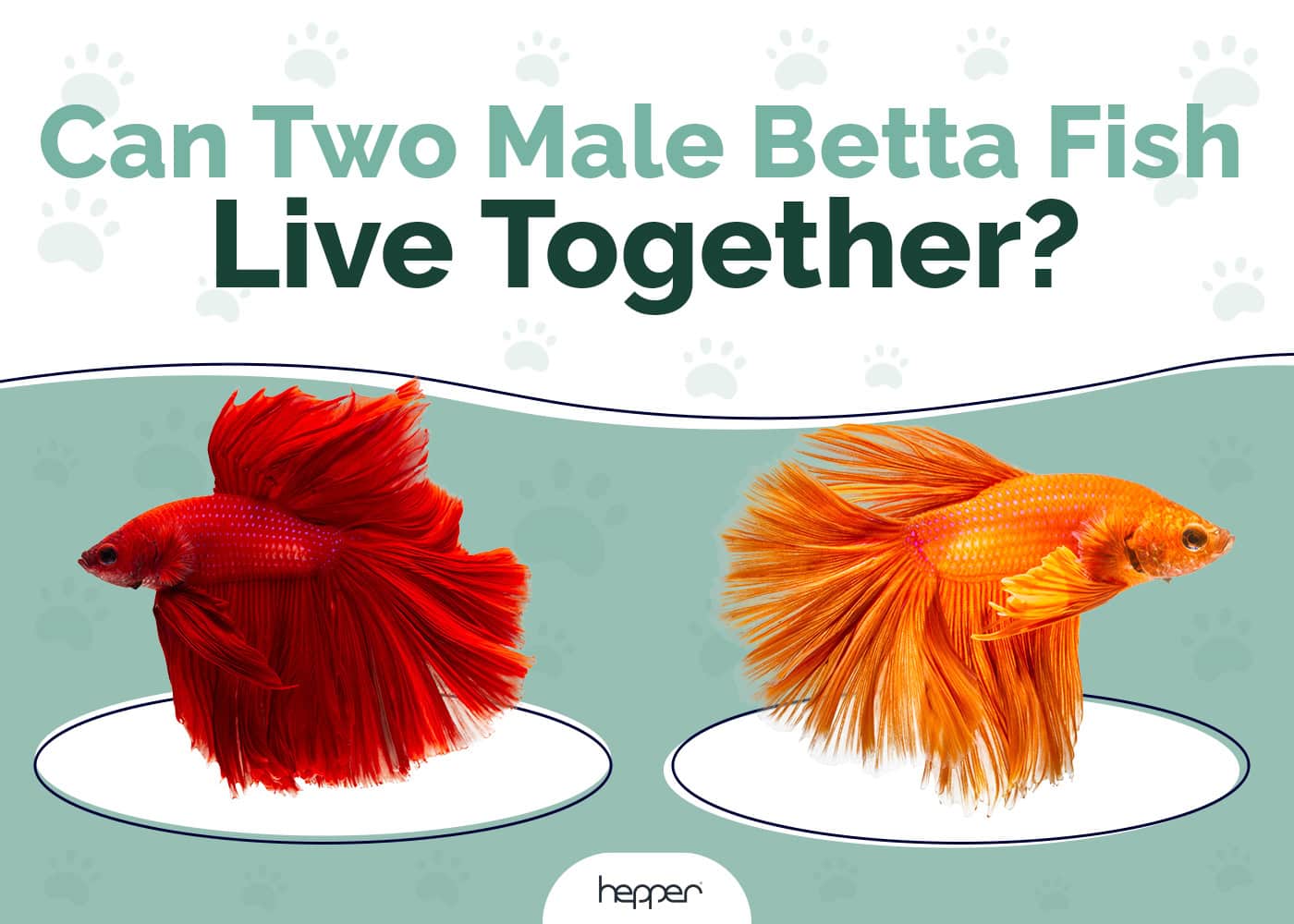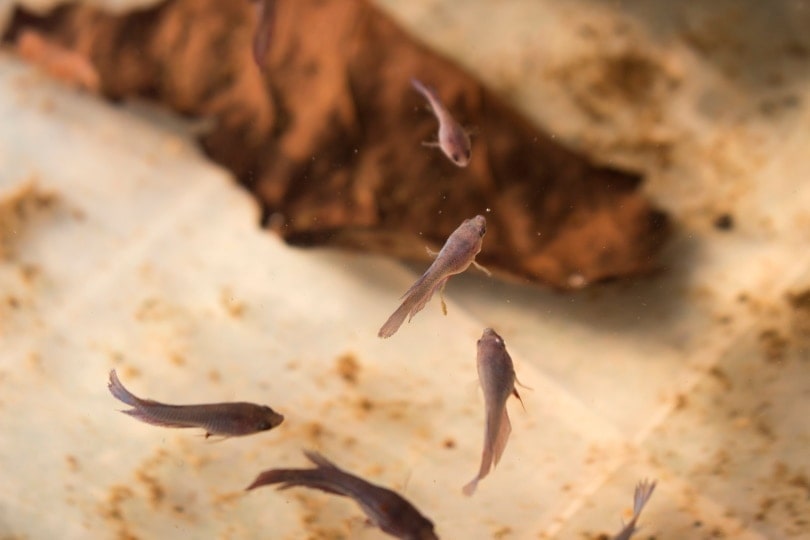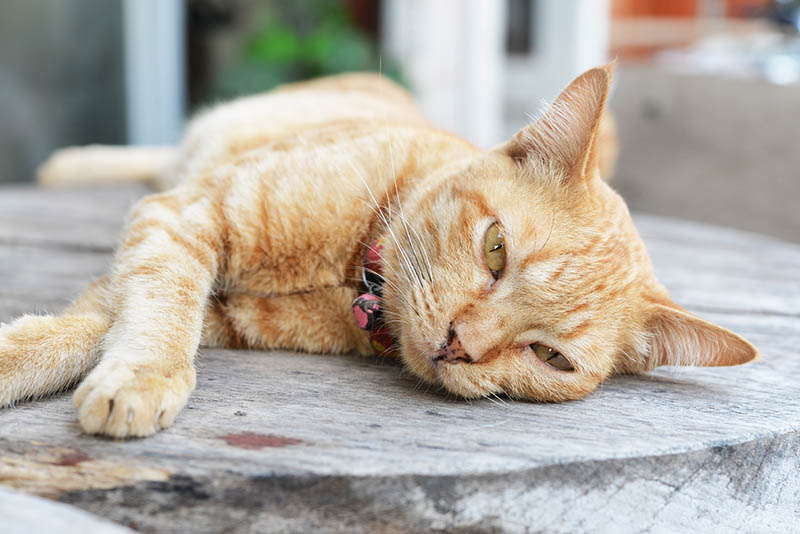Are Oriental Shorthair Cats Hypoallergenic? What Science Tells Us
By Jordyn Alger
Updated on
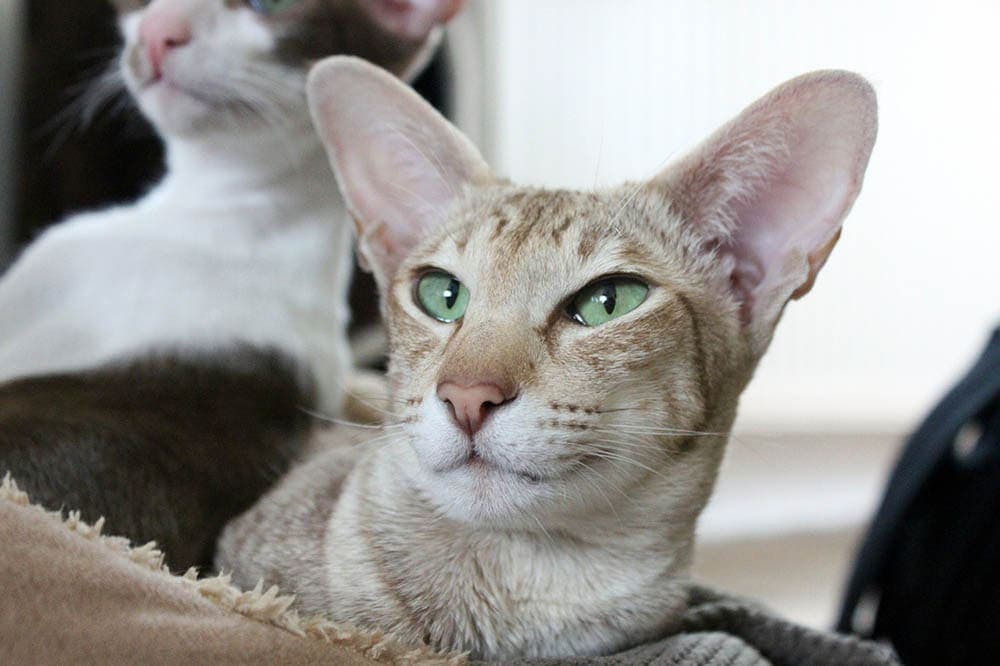
Many people with cat allergies can attest that the allergy can’t stop them from loving cats! Living with cats requires extra care and work for a person with allergies. Sometimes, this is possible if you find the right cat, implement some strategies, and visit your doctor; but other times, unfortunately, it just isn’t feasible. If you have cat allergies and are considering bringing an Oriental Shorthair home, you need to know that even though an Oriental Shorthair is considered a hypoallergenic breed, no cat is truly hypoallergenic.
Some cat breeds have the reputation of being hypoallergenic because they are low-shedding or have a light-colored coat. To date, there is no way we can predict that one cat will be less likely to trigger an allergic reaction in a susceptible person than another. The Oriental Shorthair is no exception, so regardless of their coat type, they can still technically set off your cat allergy. To learn more about cat allergies and why the Oriental Shorthair is considered by some as hypoallergenic, keep reading below.

Why There Is No Truly Hypoallergenic Cat
To understand why there is no such thing as a hypoallergenic cat, it is crucial to understand how cat allergies work. People who suffer from cat allergies are allergic to proteins that cats produce (also called allergens). Fel d1 is the major allergen responsible for cat allergy symptoms, and most research focuses on it, although other cat allergens have been identified. This protein can be found in cats’ saliva, skin (sebaceous glands), and anal glands, and is transferred to the environment via hair and dander. Since every cat produces Fel d1 and sheds hair and dead skin cells, no cat can be 100% non-allergenic.
However, some cats naturally produce fewer Fel d1 proteins than others. Often, the cause of a person’s allergic reaction is the loose cat hair and dander that floats in the air and accumulates on furniture and clothes. If a breed rarely sheds hair, the chances of allergies might decrease, but all cats shed dander; therefore, there is no cat that doesn’t release allergens into the environment. Also, allergen shedding varies not only between cats but also in the same cat from day to day and even over the course of one day.1
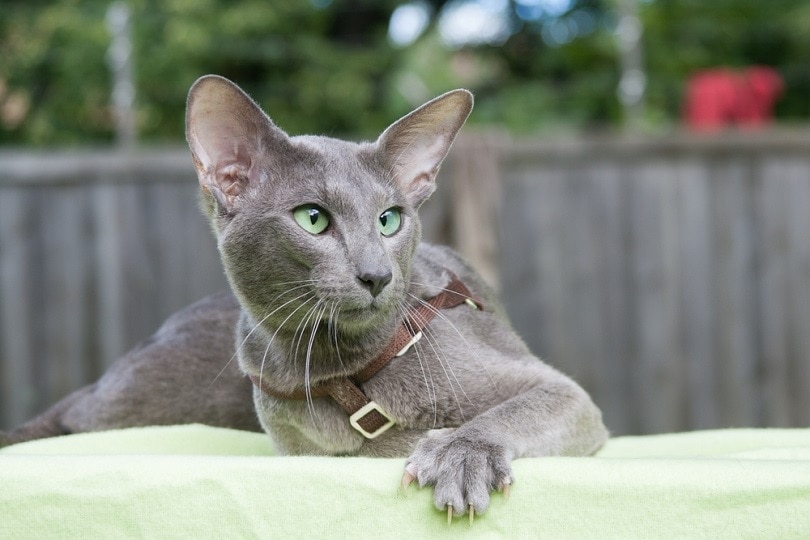
Why Oriental Shorthair Cats Are Considered Good for People With Allergies
Oriental Shorthairs are considered possible companions for people with cat allergies because the chances of a reaction being triggered might be lower. Of course, much of this depends on an individual’s reactivity. It will largely depend on whether you have other allergies, how well these are under control, as well as your symptom threshold.2 This term means the level of exposure to the different allergens that you can cope with before developing the uncomfortable symptoms of allergy. If you are highly sensitive or have additional allergies, there is a high chance that the Oriental Shorthair will cause you problems.
Do Oriental Shorthair Cats Shed a Lot?
Oriental Shorthairs do not shed that much. This breed’s fur length ranges from short to medium, so they are not prone to excessive shedding. With proper grooming, their shedding can be reduced even further.
The Oriental Shorthair is related to the Siamese, which is also a low shedder. That is the reason why Siamese cats are also sometimes labeled as hypoallergenic, but in the same way as the Oriental Shorthair, this is, unfortunately, not true.
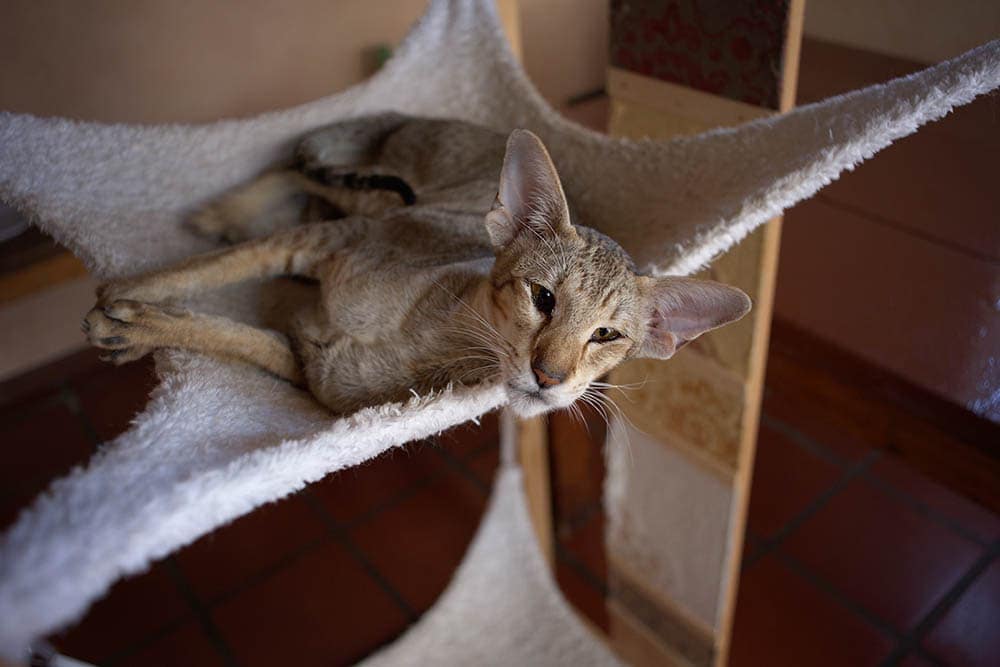
How Many Allergens Do Oriental Shorthair Cats Produce?
Oriental Shorthairs have the same type of allergens as other cat breeds. Fel d1 is the main protein involved in cat allergies and the one that is most heavily studied. To date, eight different feline allergens have been identified (Fel d1 to Fel d8) and others are known to exist.
Grooming the Oriental Shorthair Cat
Although the Oriental Shorthair naturally sheds very little, proper grooming can potentially help to prevent the spread of allergens through your home. Plus, grooming is essential to good cat care.
Oriental Shorthair coats are low maintenance. They have sleek, silky coats, and they groom themselves regularly. Still, by brushing their coats a few times a week, you can remove the loose hairs from their fur and prevent them from being deposited around your home.
Bathing your pet can be challenging, but the right shampoo will make it a lot easier! We have two favorite shampoos for the job, both are safe, all-natural shampoos designed with your pets in mind. Our soothing shampoos are pH balanced, made in the USA, and free of glutens, dyes, sulfates, and phthalates. Here’s a quick guide to help you choose the right option for your pet’s next bath!
 Hepper Colloidal Oatmeal Pet Shampoo |
 Hepper Waterless No Rinse Pet Shampoo |
|
|---|---|---|
| Natural cucumber & aloe scent |
Natural cucumber & aloe scent:
|
Natural cucumber & aloe scent:
|
| Safe for cats & dogs |
Safe for cats & dogs:
|
Safe for cats & dogs:
|
| Rinsing required |
Rinsing required:
|
Rinsing required:
|
| Free of harsh chemicals & nasty ingredients |
Free of harsh chemicals & nasty ingredients:
|
Free of harsh chemicals & nasty ingredients:
|
| Lathers easily |
Lathers easily:
|
Lathers easily:
|
Can I Make My Cat Hypoallergenic?
Luckily, a lot of effort is being put into finding solutions for cat allergies. So if you are unfortunately allergic to your beloved cat, then you will be happy to hear that feeding your cat a specific Purina diet can help reduce the active Fel d1 load an average of 47% in ten weeks, according to the manufacturers. The special coating on the kibble inactivates the protein Fel d1 in the mouth, reducing the allergenicity of your cat. A study done in 2019 involving 105 cats showed that 86% of them had a reduction of at least one third of their allergenic load.
A cat vaccine has also been developed with promising results. The vaccine is called HypoCat and has proven to neutralize Fel d1 allergen, reducing its allergic effects in people. The vaccine is not yet available, but manufacturers are hoping it will be available in the US in the near future.

The 7 Other Cat Breeds That Are Considered Hypoallergenic
If you’re curious about other cat breeds that might be less likely to trigger an allergic reaction, there are plenty that are considered low-shedding and may be suitable.
1. Sphynx
The Sphynx is a hairless breed. This makes it an excellent choice if you want to avoid shedding. It is also an incredibly friendly cat that makes an excellent companion.
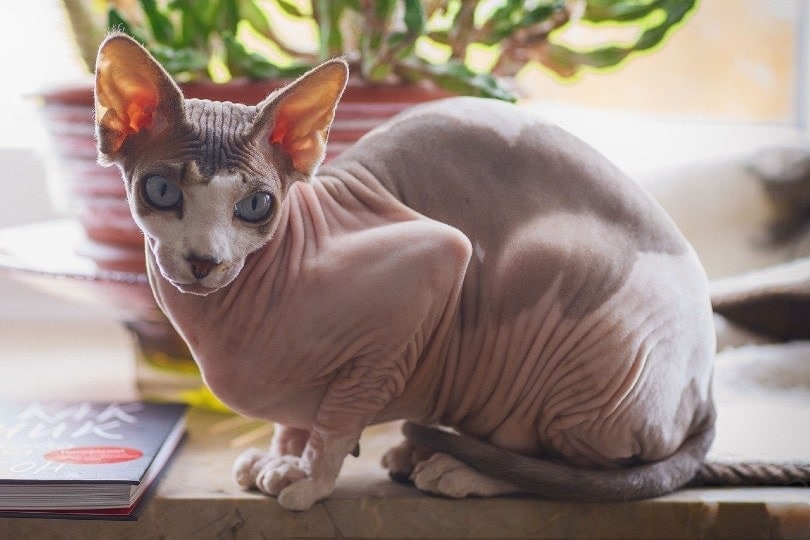
2. Siberian
Siberian cats have long fur, so it may come as a shock that they are considered hypoallergenic. One reason for this is that they shed very little. Their genetic material is also being studied since they present some mutations (gene changes) that could be responsible for a reduced production of Fel d1.
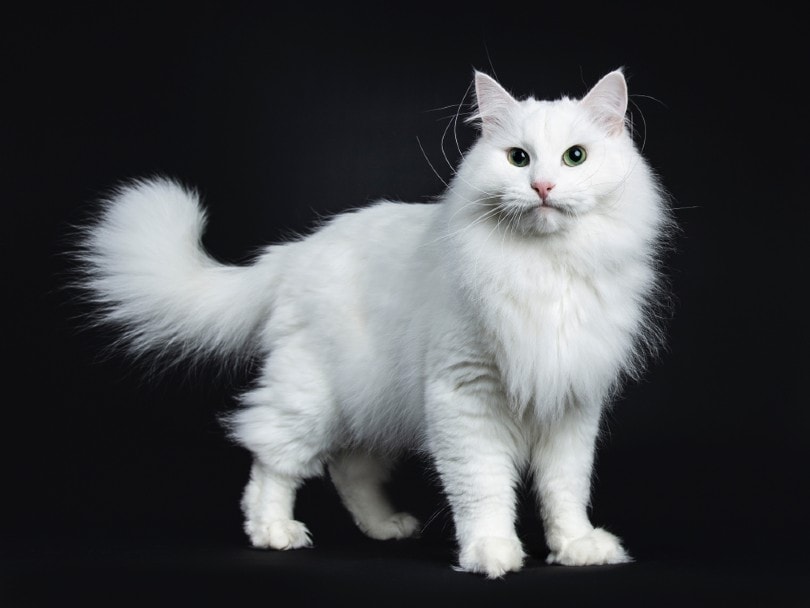
3. Russian Blue
Russian Blues are short-haired beautiful cats that do not shed much. They have gorgeous coats and loving personalities, but there is no scientific evidence that they produce fewer allergens than the average cat.
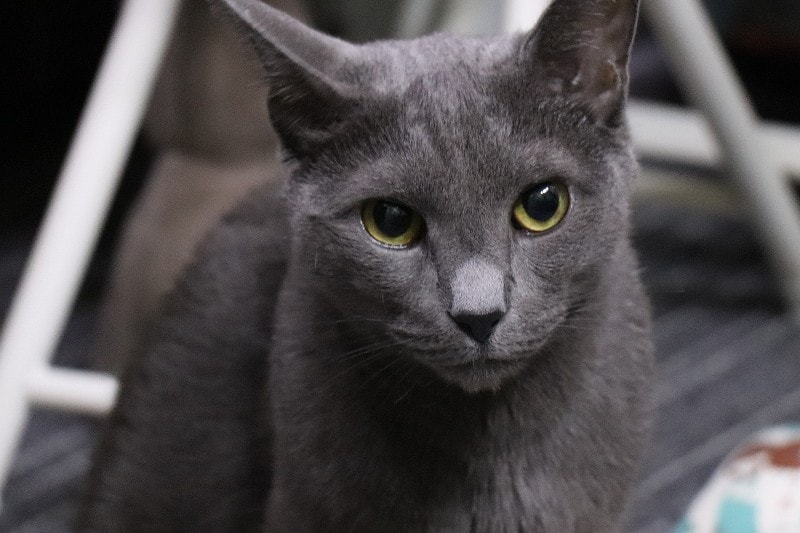
4. Balinese
Balinese are friendly cats with long coats, but they shed very little compared to other long-haired felines.
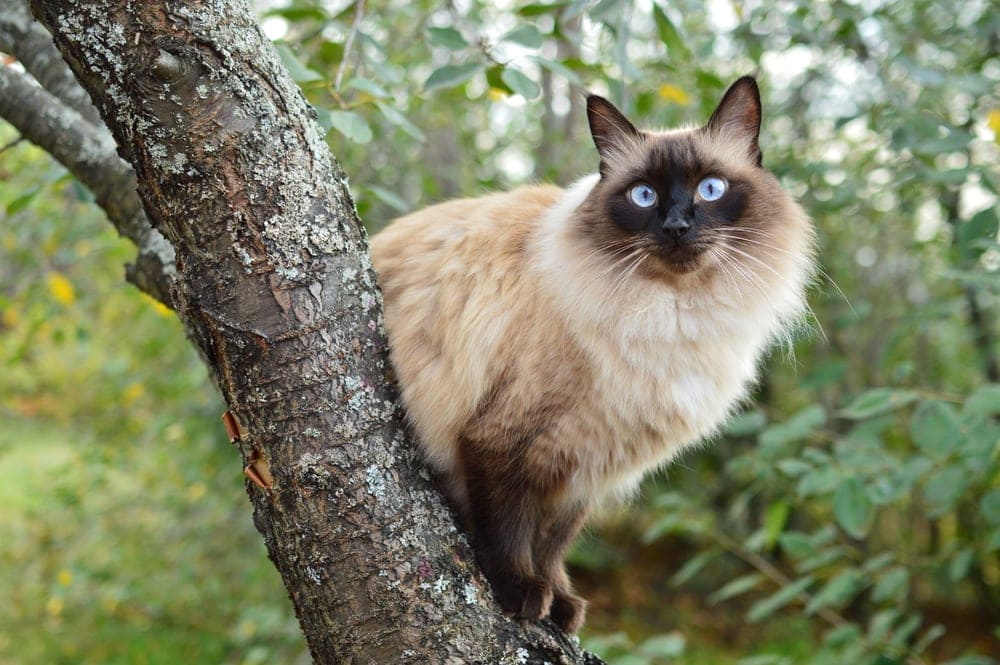
5. Javanese
The Javanese cat has a fine topcoat and sheds less than the average cat.
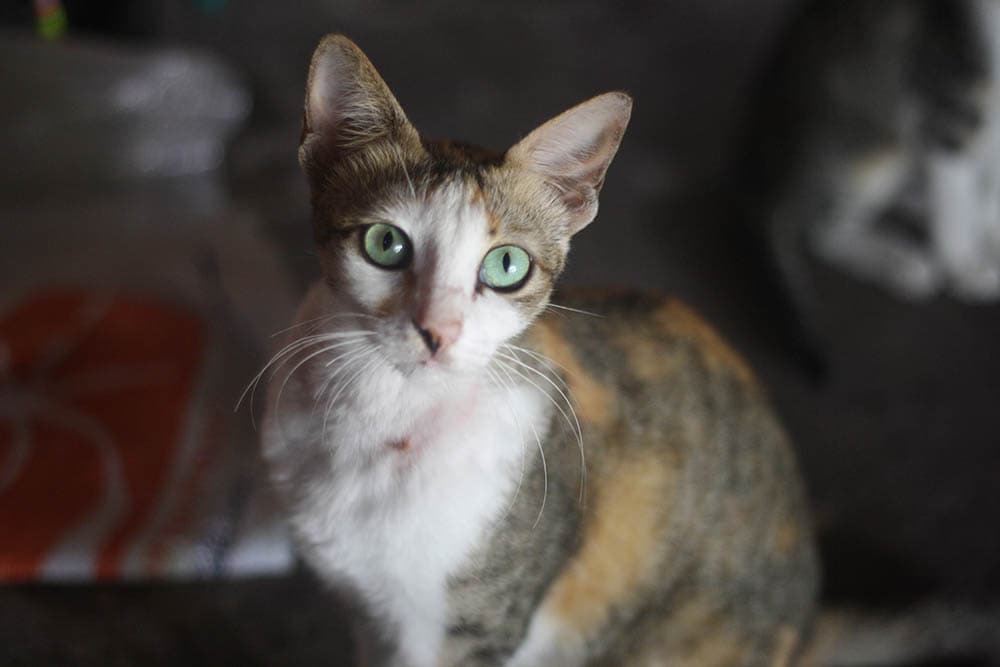
6. Devon Rex
Devon Rex cats are known for their large ears and their Poodle-like fur. They do not require much maintenance and shed very little.
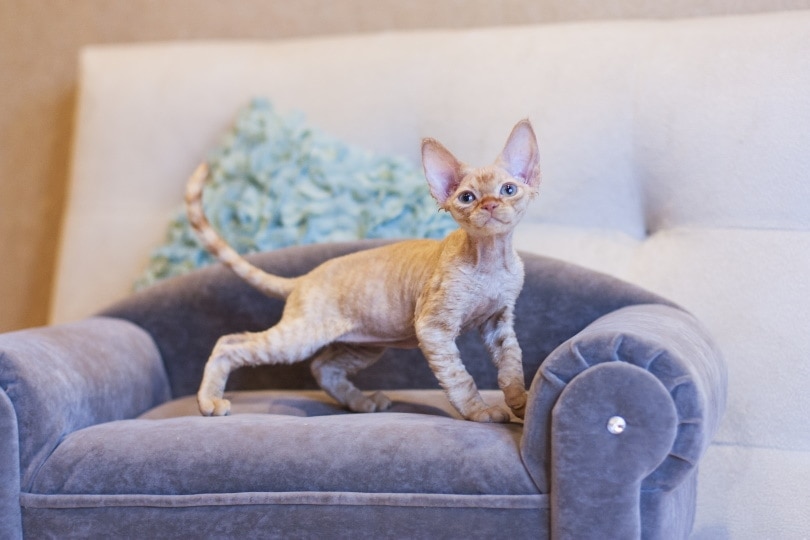
7. Cornish Rex
The Cornish Rex only has a single coat of fur. For comparison, most cats have three. Due to this, they shed less and might spread fewer allergens attached to fur through the house.
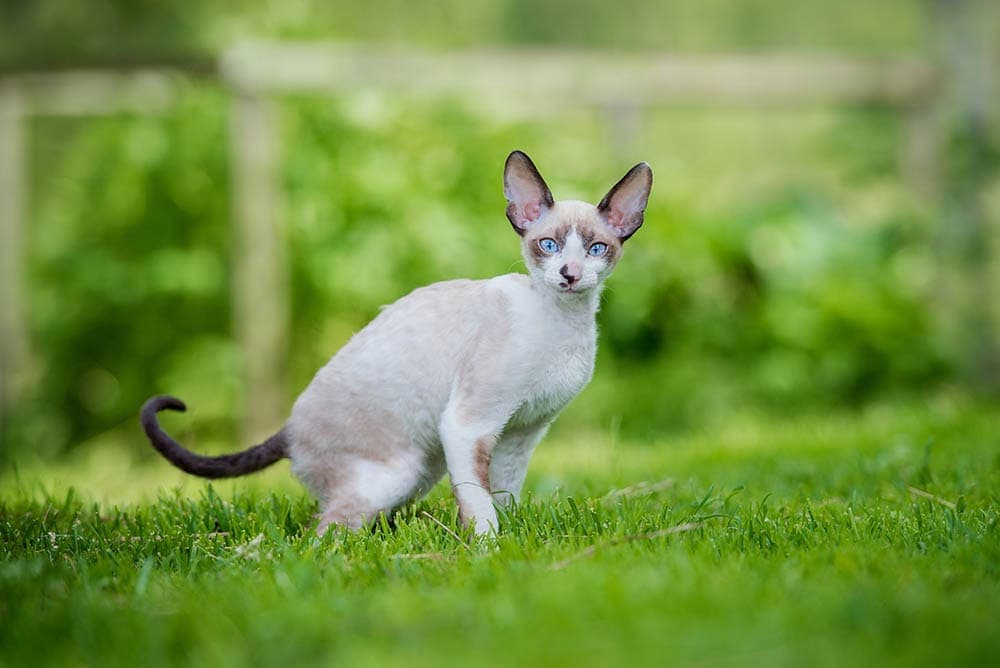

Final Thoughts
Oriental Shorthairs make great companions. Their short, fine coats prevent them from shedding often. Although this breed’s coat is relatively low maintenance, it is still essential to groom your Oriental Shorthair from time to time to keep your cat clean and healthy. Of course, your specific allergy levels will play a prominent role in determining whether or not the Oriental Shorthair is suitable for you.
If your doctor has diagnosed you with a mild cat allergy and you’d love to share your home with an Oriental Shorthair, you could consider spending some time with one and testing your reaction. However, if you have severe allergies, you should consider your health and well-being and disregard the idea altogether or talk to your doctor and veterinarian for their professional advice.
Featured Image Credit: TaniaVdB, Pixabay

